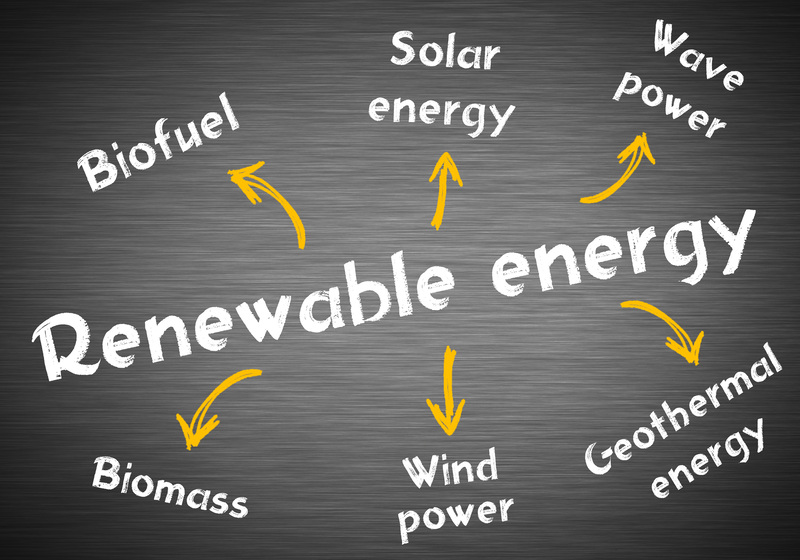Sustainable Practices in Packaging and Cardboard Disposal
In our evolving world, sustainability stands at the heart of modern packaging innovations. The growing concern over environmental pollution and resource depletion has motivated companies and consumers alike to re-evaluate how products are packaged, used, and disposed of--especially regarding cardboard, one of the most prevalent packaging materials. This comprehensive article explores sustainable packaging practices and the best approaches for effective cardboard disposal, highlighting actionable steps and cutting-edge innovations shaping a greener future.
Understanding the Importance of Sustainable Packaging
The accelerating pace of online shopping, global trade, and consumerism has undeniably increased packaging waste, with cardboard boxes being a significant contributor. Sustainable packaging not only reduces environmental impact but also saves resources and reduces costs for businesses and households. But what exactly makes packaging sustainable, and why is eco-friendly cardboard disposal crucial?
- Resource Efficiency: Sustainable packaging uses fewer raw materials and renewable resources, minimizing environmental damage.
- Waste Reduction: By optimizing design, packaging waste entering landfills is dramatically lowered.
- Lower Carbon Footprint: Green packaging methods cut carbon emissions linked to production, transportation, and disposal.
- Recyclability and Compostability: Ensuring materials like cardboard can be recycled or composted keeps them out of waste streams.
Environmental Impact of Conventional Packaging
Traditional packaging methods often rely heavily on single-use plastics and non-renewable materials. These not only persist in the environment for centuries but also contribute to greenhouse gas emissions during production and disposal. Conventional cardboard packaging, while generally more biodegradable than plastics, still poses challenges if not disposed of properly.

What is Sustainable Packaging?
At its core, sustainable packaging seeks to minimize the ecological footprint throughout the entire product lifecycle--from design, sourcing, and production to disposal or recycling. Key characteristics include:
- Made from renewable or recycled materials
- Designed for minimal waste and easy recyclability
- Non-toxic and safe for human and environmental health
- Supports a circular economy by enabling reuse or composting
Sustainable cardboard packaging is crafted from responsibly managed forests or post-consumer recycled fiber, adheres to responsible ink and adhesive standards, and utilizes designs that minimize excess material.
Innovations in Sustainable Cardboard Packaging
Today, businesses and engineers are constantly innovating to meet stricter sustainability guidelines. Here are some of the most promising advancements in eco-friendly packaging:
Lightweight and Minimalist Designs
Reducing the weight and size of cardboard boxes means fewer raw materials, lower transportation emissions, and less waste. Modern design techniques like right-sizing ensure companies only use the necessary amount of packaging for each product.
- Right-Sizing Technology: Automated systems that custom-fit boxes to products, reducing void fill and materials.
- Innovative Folding Techniques: Designs that maximize strength while minimizing bulk.
Recycled and Recyclable Materials
Leading brands now use post-consumer recycled cardboard and promote recycling through clear labeling. Corrugated cardboard is especially popular due to its durability and high recyclability.
- Recycled Content: Using up to 100% recycled fiber for boxes and inserts.
- Water-Based Inks: Safer alternatives to petroleum-based inks, making boxes easier to recycle and compost.
Biodegradable and Compostable Cardboard Packaging
Compostable packaging is gaining ground in industries ranging from food delivery to electronics. Cardboard can be designed to break down naturally in both industrial and home composting systems.
- Soy-Based Inks: Non-toxic and degrade safely during composting.
- Minimal Laminations: Avoiding plastic coatings allows full biodegradability of cardboard packaging.
Sustainable Practices for Cardboard Disposal
Disposing of cardboard responsibly is as important as using it sustainably. The following steps outline best practices for cardboard recycling and disposal:
Proper Preparation for Recycling
Cardboard recycling programs require quality materials free from contaminants. Here's how you can help:
- Remove Packing Tapes and Labels: Most recycling centers prefer clean cardboard. Remove as much tape and labels as possible.
- Flatten Boxes: Flattening saves space in recycling bins and trucks, making the process more efficient.
- Keep Dry: Wet or food-soiled cardboard (like greasy pizza boxes) complicates recycling. Only recycle clean, dry cardboard.
Home Composting of Cardboard
Cardboard that isn't laminated with plastic or coated can be composted at home:
- Shred or Tear: Break the cardboard into small pieces to accelerate composting.
- Balance Carbon: Cardboard acts as a "brown" (carbon-rich) component in compost. Balance it with "greens" (nitrogen-rich materials) like food waste or grass clippings.
- Avoid Glossy Coatings: Only compost uncoated, non-glossy cardboard.
Creative Reuse of Cardboard Packaging
Before recycling, consider how you can reuse cardboard packaging:
- Storage Boxes: Reinforce and decorate for use as storage.
- Shipping: Reuse boxes for sending parcels or moving.
- DIY Projects: Craft materials, pet playhouses, or garden mulch.
Corporate Responsibility and the Circular Economy
As awareness grows, more companies are embracing circular economy principles, where cardboard packaging is designed to be used, recovered, and reintroduced as new packaging. This not only conserves resources but also promotes customer loyalty through eco-conscious branding.
Industry Certifications and Standards
Look for packaging and cardboard disposal programs certified by reputable organizations:
- FSC (Forest Stewardship Council): Ensures cardboard comes from responsibly managed forests.
- SFI (Sustainable Forestry Initiative): Promotes sustainable forestry practices.
- Cradle to Cradle Certified(TM): Evaluates products for material health, reuse potential, and environmental impact.
Return and Reuse Programs
Some brands now offer returnable packaging options, whereby customers send boxes back for reuse or recycling. These initiatives help close the material loop and reduce new resource extraction.
Consumer Tips for Eco-Friendly Packaging and Cardboard Disposal
Consumers play a vital role in advancing sustainable packaging practices. Here's how you can contribute:
- Choose Products with Minimal or Recycled Packaging: Support brands with clear sustainability commitments.
- Learn Local Recycling Rules: Understand what your local program accepts and how to prepare materials.
- Advocate for Change: Request sustainable packaging from retailers and suppliers.
- Educate Others: Share sustainable practices in your community.
How To Spot Truly Sustainable Cardboard Packaging
Not all "eco-friendly" packaging is created equal. Keep an eye out for:
- Third-Party Certifications: Look for logos such as FSC, SFI, or Cradle to Cradle.
- Clear Recycling Instructions: Packaging should be easy to separate and recycle.
- Minimalistic Branding: Less ink and branding generally mean easier recyclability.

Future Trends in Sustainable Packaging and Cardboard Disposal
As technology and awareness continue to evolve, these trends are shaping the future of green packaging and sustainable cardboard disposal:
- Smart Packaging: Sensors to remind users how to recycle or reuse boxes properly.
- Edible Packaging: Research into consumable packaging materials for certain products.
- Packaging as a Service: Subscription models for reusable shipping containers replacing single-use cardboard.
- More Robust Take-Back Programs: Companies investing in closed-loop logistics for packaging recovery.
Government Policies and Global Initiatives
Many governments and international organizations are setting stricter regulations and targets for packaging sustainability, including higher recycled content, mandates for compostability, and producer responsibility programs. Green public procurement and extended producer responsibility will drive companies further toward sustainable innovations and responsible cardboard disposal.
Conclusion: Building a Greener Future Through Sustainable Packaging
Embracing sustainable practices in packaging and cardboard disposal is no longer optional in today's environmentally conscious landscape--it's a necessity. By making informed choices, supporting innovative brands, and disposing of materials properly, both businesses and consumers can meaningfully contribute to a cleaner planet.
Whether you're a manufacturer, retailer, or consumer, the pathway to sustainability is paved by collective action and awareness. Start today by applying the best practices reviewed in this guide, and inspire others to rethink their packaging and cardboard disposal habits for a positive, long-lasting impact on our environment.
Together, we can ensure that every cardboard box tells a story--not just of what it once held, but of the sustainable journey it enables for generations to come.